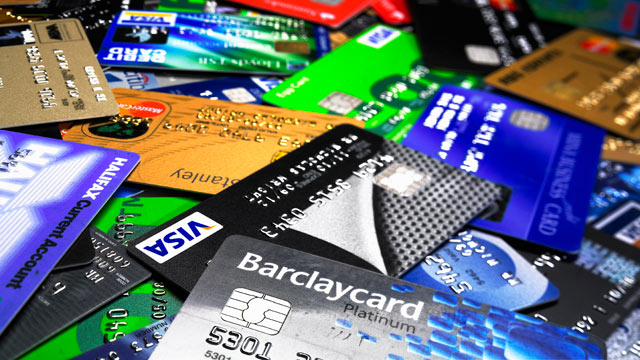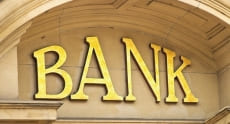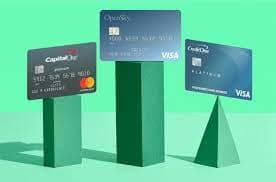A junior or child ISA is a tax-free saving or investment account that allows under-18s to save up to £4,260 in the current tax year (2018/19). The lump sum saved then remains tax-free until their 18th birthday, when it can be converted into an adult ISA or withdrawn.

Why a Child’s Version?
Junior and regular ISAs are much the same, the key difference being the amount you can save tax-free – with an adult ISA, it rises to £20,000 a year.
The Two Types Of Junior/Child ISAs
There are two types of Child ISAs for you to consider, one which is cash-based, in essence, a tax-free savings account; the second is a junior version of a stocks and shares ISA.
Invest in a Child Cash ISA, and you’ll have a guaranteed amount of interest. You and your money will be safe as long as you’ve invested in a provider regulated in the UK and you have no more than £85,000 invested with the same authorised firm.
Why so? The Financial Services Compensation Scheme protects cash put into authorised UK banks and building societies. A word of caution here – remember that some banks have different branding but belong to the same authorised firm – so do your research before you invest.
A Child’s Investment ISA, on the other hand, does not give you a guaranteed return on your investment. The amount you receive from the ISA will depend entirely on the performance of the specific shares and bonds in which you’ve invested.
Is An Investment ISA For You?
In some instances, investments in stocks and shares have performed better than cash over a long period of time. However, there are no guarantees, and such investments can show greater volatility, falling as well as rising in value. Put cash into an Investment based Child ISA, and it is possible that you could receive less than you’ve paid in.
When considering a Child’s Investment ISA, be sure you are provided with key information about the investments. Before making a financial commitment, you should know what the investment is, how it works, the risk involved, any charges you’ll incur and whether you’ll have the right to redress through the Financial Ombudsman Service and the Financial Services Compensation Scheme.
If you want to hedge your bets, you can invest in both types of Child ISAs, but the upper amount you can save will still be £4,128.
How Do Child ISAs Work?
Once a Child ISA has been opened by a parent or guardian, anyone can contribute to it, family or friends – so you can make the most of those Christmas and birthday presents, building up a nest egg for your child.
Remember though, that neither yourself nor your child will be able to take out any of the funds before they reach 18. If you want greater flexibility than a Child ISA affords, a regular saving account might be for you.
If you do happen to put in more than the £4,128 tax-free amount, then the excess will be put into a separate savings account for your child, which will be held in trust for them until they reach 18 (although this account will be liable for tax).
A Word On Tax
Remember that the tax you are liable for will depend on your particular circumstances and this is something that can change over time, depending on Government policy. So do stay abreast of developments.
What Are The Benefits Of An ISA?
A Child’s ISA could help you to build up a cash lump sum for your child, helping them when they are making a start on their adult life, from contributing to a deposit on a home to assisting them in paying course fees.
If you want to save for your child, you could simply put money into a regular savings account, and you might find an account with higher interest. However, this would be liable for tax in some circumstances. For instance, you’d be liable for tax if the money gifted to the child earns more than £100 in interest a year. So an ISA has some clear advantages.
Just remember that if you take out a Child Cash ISA, your child will be able to manage the funds from the age of 16. In addition, they’ll be able to draw out the money when they turn 18 and spend it however they like. But another benefit of a child ISA is that it will help your child to understand the merits of saving from a young age.
Is Your Child Eligible?
Your child is eligible for a Child ISA if they are under 18 and were born in the UK.
However, if your child was born between September 2002 and 2nd January 2011, you should check if they had a child trust fund opened for them by the Government. If that’s the case, these trust funds can now be converted into a Child ISA.
If you’re not sure whether your child had such a trust fund, you can find out more on the Government website and by filling in a form on the HMRC website. In some instances, children weren’t eligible for the trust fund, and if that’s the case, you can open a Child ISA for them instead.
One key difference between the Child Trust Fund and the new Child ISAs is that the latter doesn’t benefit from an injection of cash from the government to get it started.
Child ISAs – An Opportunity
So as you can see, Child ISAs provide an opportunity for you to build up a cash lump sum for your child that’s tax-free, helping them at a crucial time, just as they are beginning their adult lives.
If you want to invest in Child ISAs and you’re not sure which is the best one for you, we would urge you to seek independent financial advice.







